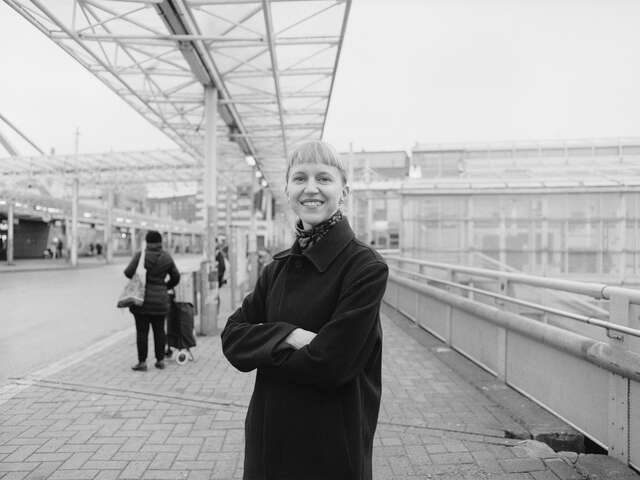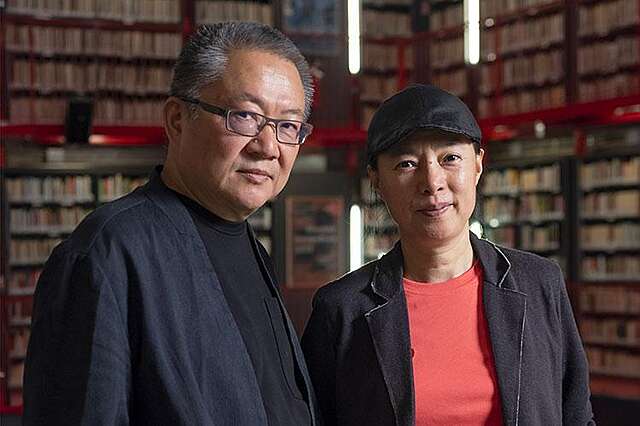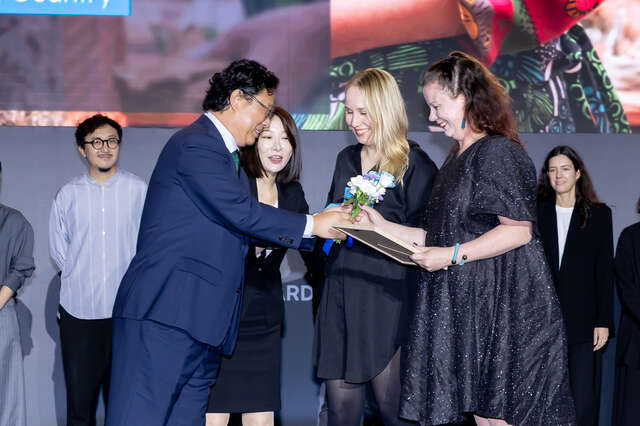Finlandia Prize for Architecture 2020 finalists reflect timeless values – winner chosen by musician and actor Paula Vesala
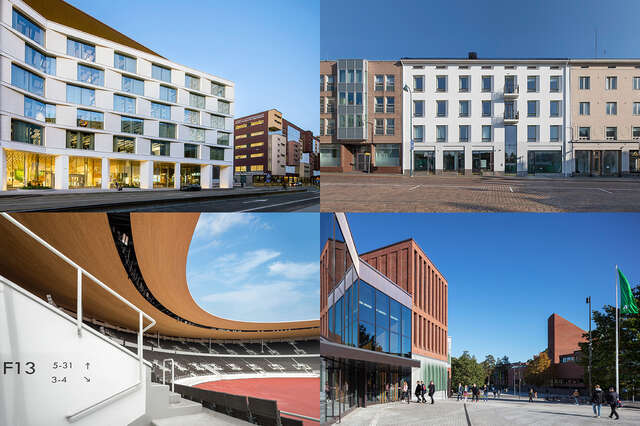
The finalists are K-Kampus head office building in Helsinki, Toritalo Housing in Kotka, Helsinki Olympic Stadium refurbishment and Aalto University campus complex in Espoo. The winner of the 7th Finlandia Prize for Architecture, selected by musician and actor Paula Vesala, will be announced on the World Architecture Day, 5 October.

The recipient of the annual Finlandia Prize for Architecture, awarded by the Finnish Association of Architects SAFA, is chosen by a public figure who is a recognised expert in an area other than architecture. The winner is selected from a shortlist of projects chosen by a pre-selection jury.
This year, the recipient of the prize will be selected by the internationally-famed singer-songwriter and actor Paula Vesala. The pre-selection jury consisted of Professor Tuomo Siitonen, Architect Simo Freese, Architect Teemu Hirvilammi and Professor Saija Hollmén. Secretary General of SAFA Paula Huotelin acted as jury secretary.
According to the pre-selection jury, the shortlisted buildings reflect, in an innovative way, the timeless values of architecture: respect to the location and users, flow of natural light and well-thought-out design. The restrictions posed by the covid-19 pandemic affected the choice of finalists, as buildings requiring travelling to foreign countries as well as schools, daycare centres and nursing homes had to be left out for future visits.
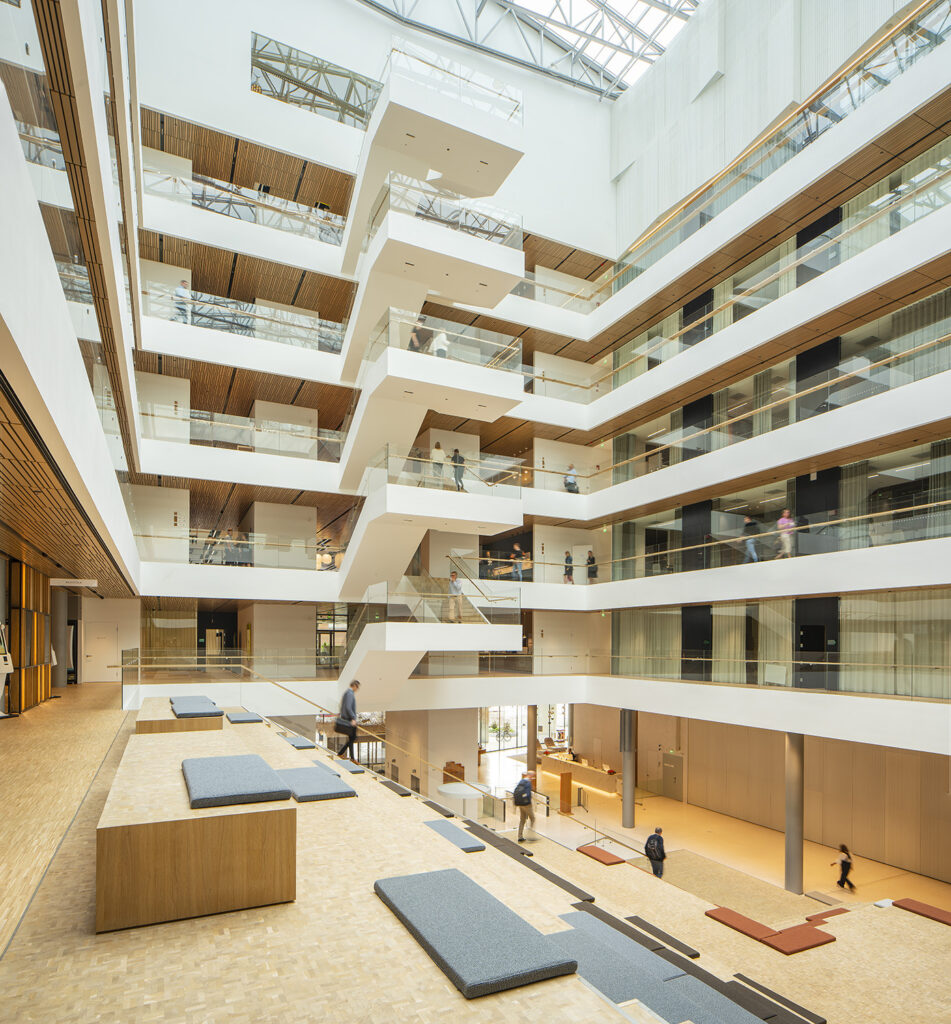
K-kampus, a new head office for the Finnish retail giant Kesko, was built in 2019 in Helsinki’s Kalasatama district. Designed by JKMM Architects, the building reflects the latest developments in workplace design. The generously appointed entrance and social areas, complete with cafés and restaurants, are based on a clever design concept, creating a three-dimensional space that defines the foyer.
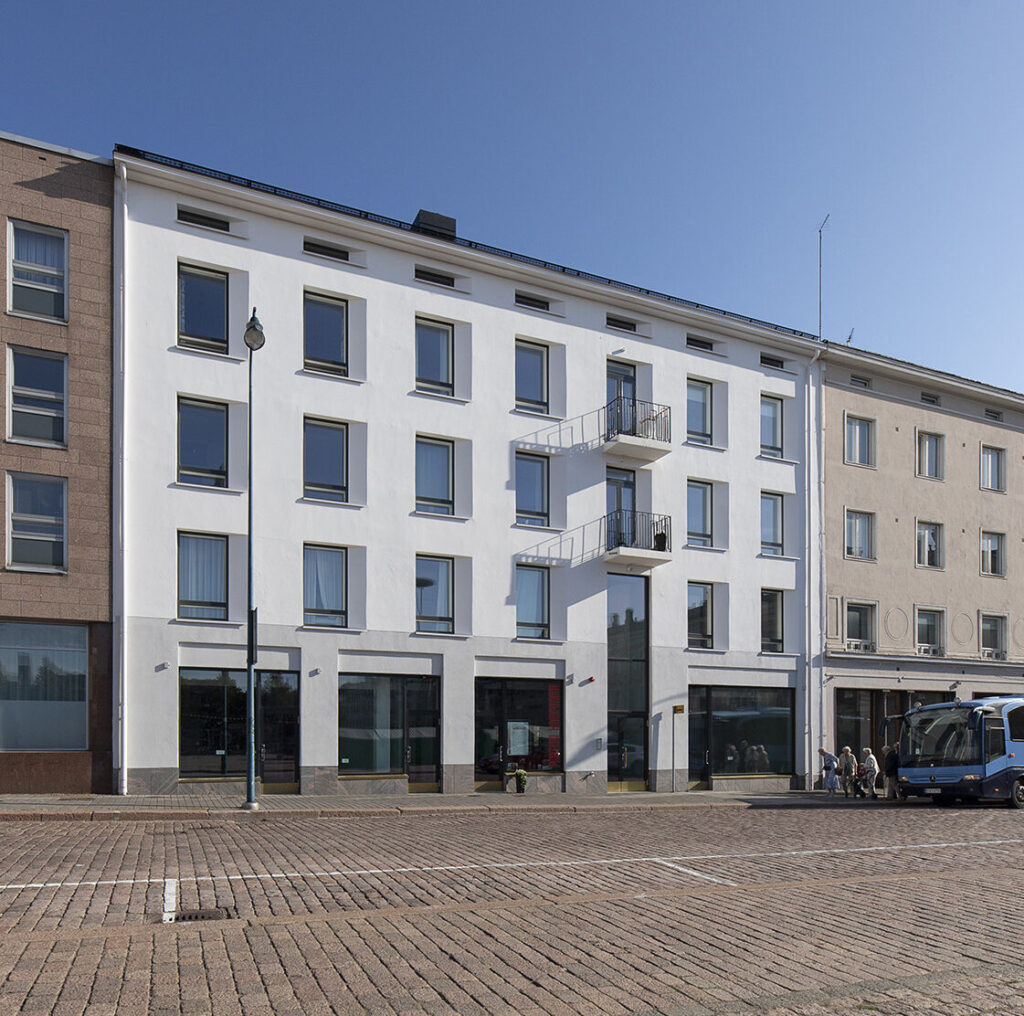
Toritalo in the seaside town of Kotka, eastern Finland, is an excellent example of how contemporary architecture can complement already well-established urban environments. The new residential development, designed by architect Jani Prunnila and completed last year, settles harmoniously among the surrounding buildings, which represent a range of stylistic periods.
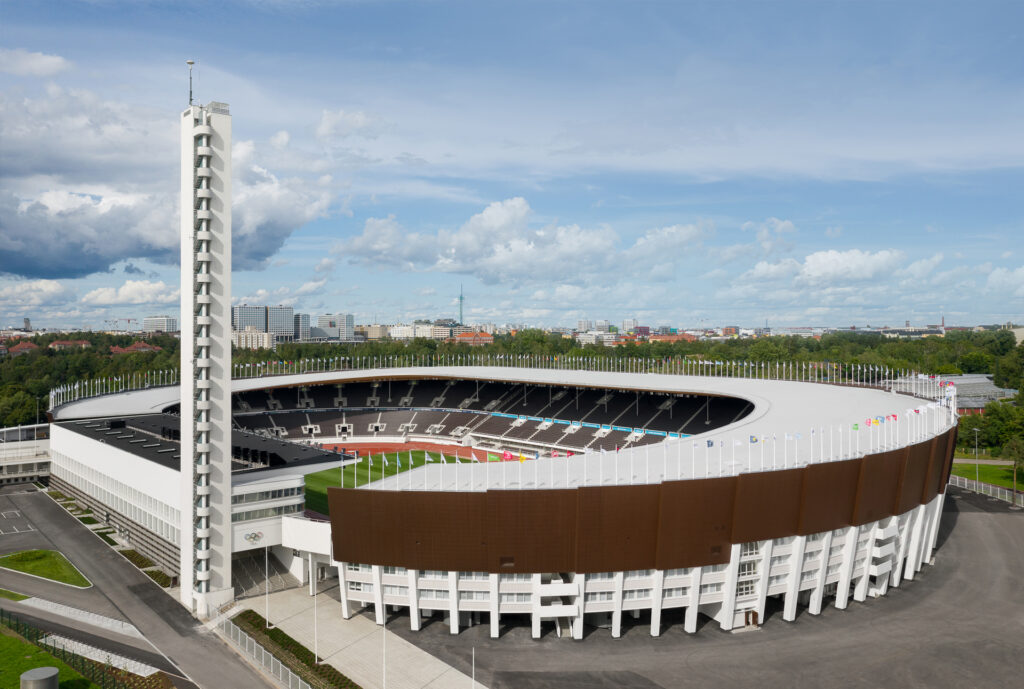
The Olympic Stadium and its tower count among Helsinki’s best-known landmarks. The stadium building has experienced many rounds of renovation prior to this latest project. Alongside the project’s technical, financial and functional aspects, the team responsible for the refurbishment – K2S Architects together with Architects NRT – also undertook a careful theoretical analysis of the wider conservation context, the benefits of which are clearly reflected in the outcome.
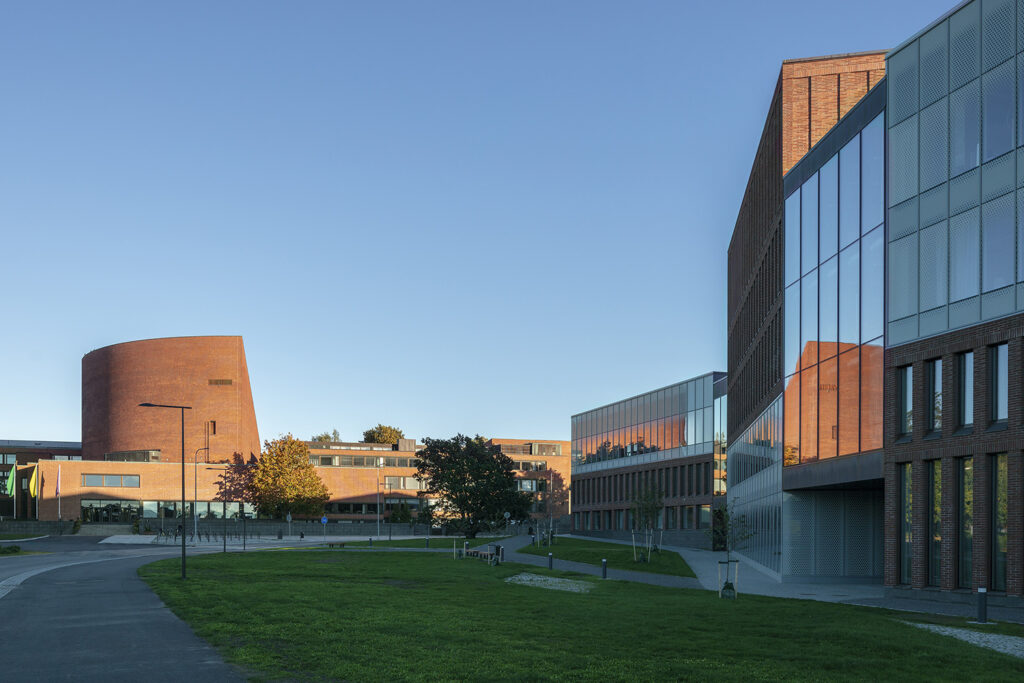
Aalto University’s new campus complex in Otaniemi, Espoo, comprises the School of Arts, Design and Architecture’s new building, Väre, alongside the School of Business building and the A Bloc shopping centre. The development is based on a winning design from 2013 by Verstas Architects. The richness of the spatial composition and the diverse massing that sees the development’s form articulated as a series of “buildings within buildings” allows this large structure to settle effortlessly into its wider context, the iconic Helsinki University of Technology campus designed by Alvar Aalto.
The shortlisted buildings are presented in the Finnish Architecture Navigator. Visit the selection through this link.
The purpose of the Finlandia Prize for Architecture is to promote the appreciation of high-quality architecture and to highlight the importance of architecture in generating cultural value and increasing well-being. The prize is given to a project completed within the last three years in Finland or abroad if designed by a Finnish architect.
